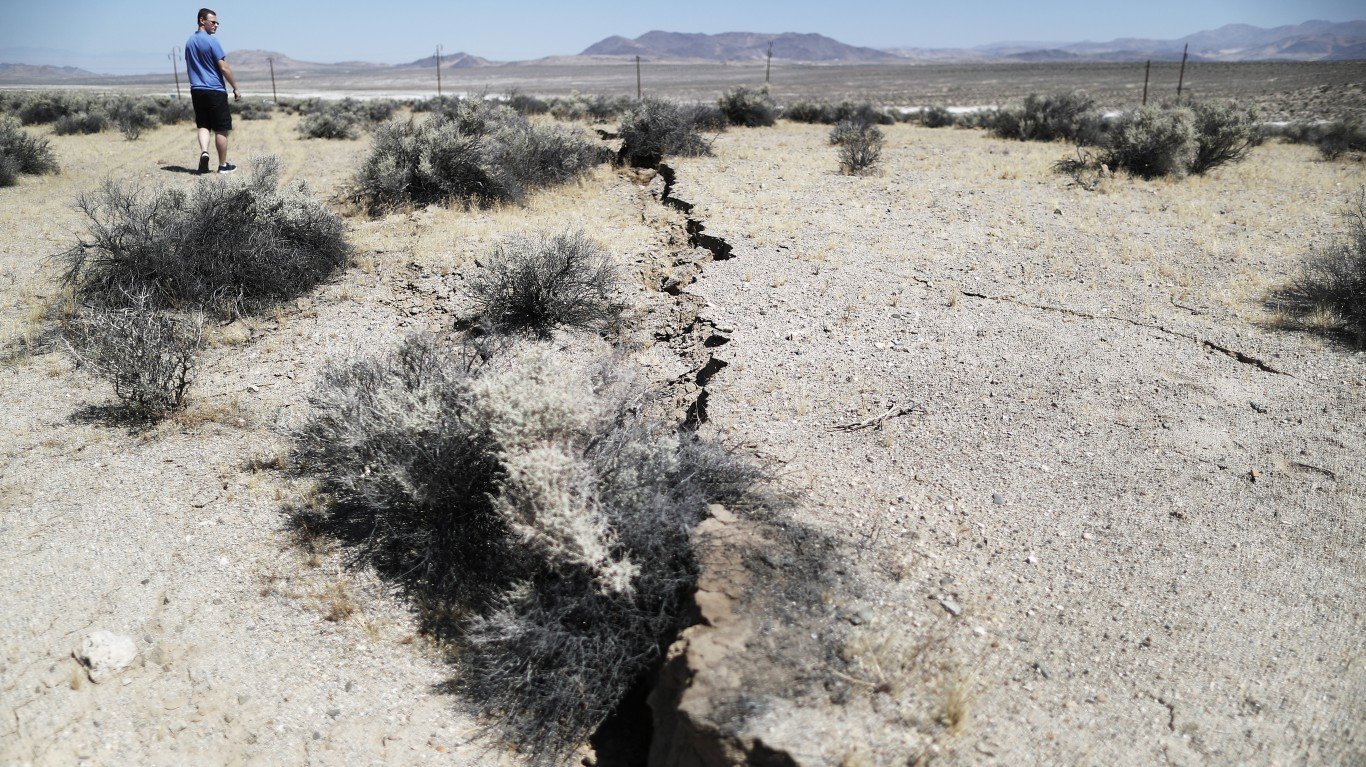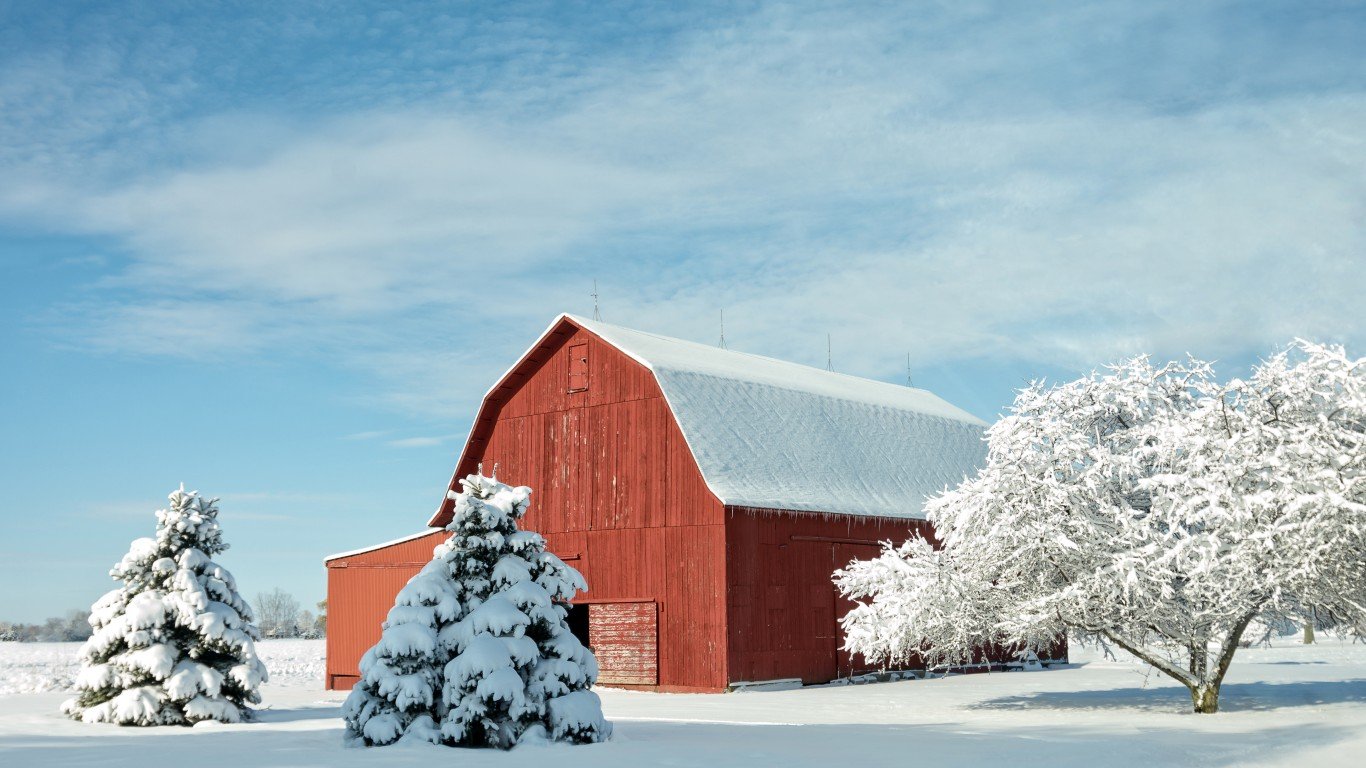

When it comes to winter, many states would claim to have the worst (or that others would argue are the worst). As a northern state, Ohio is one of them, but it isn’t uniform in how it experiences winter. Northern Ohio can experience harsh winters along Lake Erie, but Southern Ohio transitions into Kentucky’s humid subtropical climate. The methodology used to identify winter-related problems specific to Northern and Southern Ohio by 24/7 Wall Street was to cull Ohio-related discussion boards, such as this one at Reddit, for common winter complaints shared by Ohio residents and visitors. Next, winter hazards identified by the National Oceanic and Atmospheric Administration (NOAA) and the Occupational Safety and Health Administration (OSHA) were examined to see if these were common to Ohio. Listed below, in no particular order, are 10 reasons Ohio may have the worst winters. (For comparison, see The Top 10 Reasons To Avoid Michigan In the Winter).
1. Dormant Landscapes
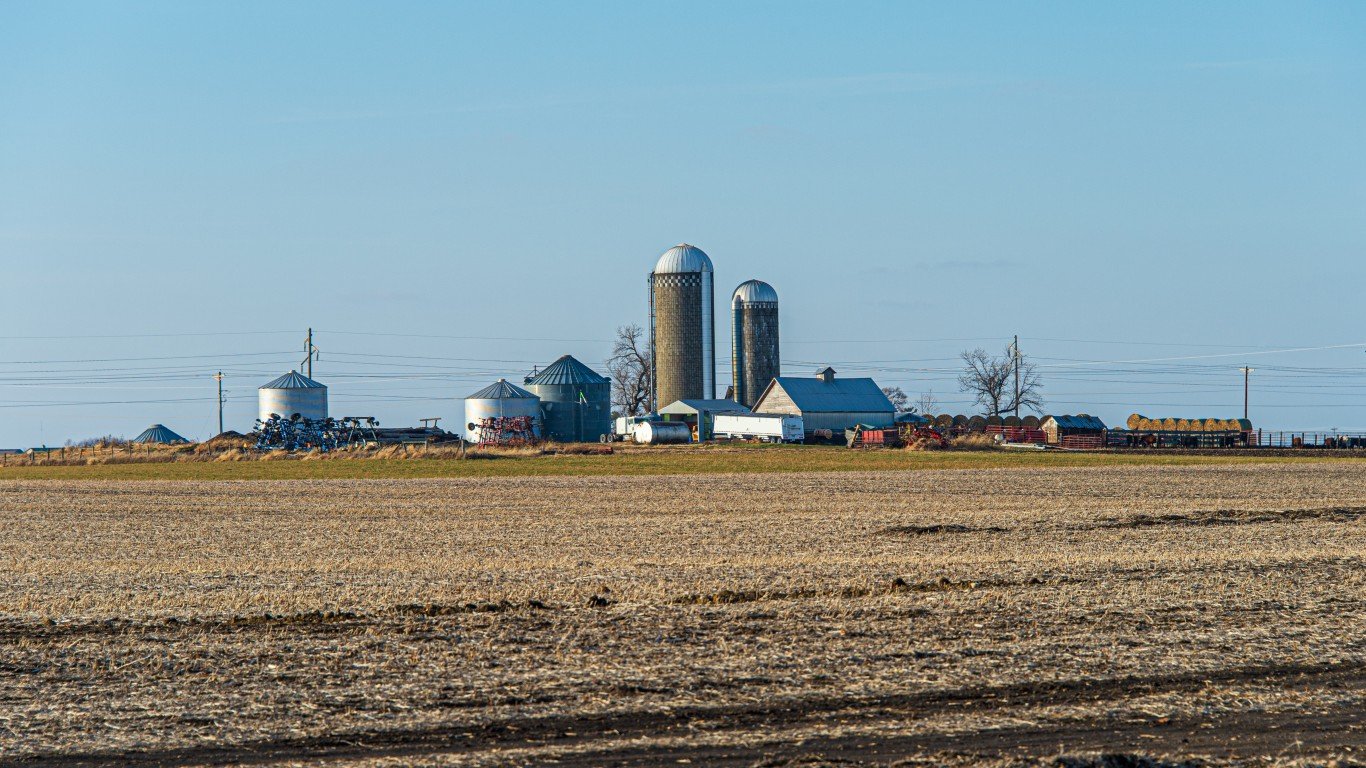
Once winter arrives in Ohio, trees lose their leaves, the grass goes dormant, and it just gets…cold. Northern Ohio will get some snow due to Lake Erie, but the rest of the state doesn’t get much. Southeastern Ohio has some hills due to the unglaciated portion of the Appalachian plateau, but the rest of the state is relatively flat and not mountainous at all. At its worst, the Ohio terrain is uninteresting in winter.
2. Sunless Skies

A common complaint that Ohio residents and visitors share about Ohio is the lack of sunshine. Cincinnati, Columbus, and Cleveland are three of the 10 cloudiest cities in the U.S. in winter. During the winter, the warmer waters of Lake Erie give rise to massive clouds as cold northern air passes over it. These clouds extend throughout the state. Additionally, the jet stream settles across Ohio, dragging cloudy frontal systems across the state.
3. Potholes and Road Salt
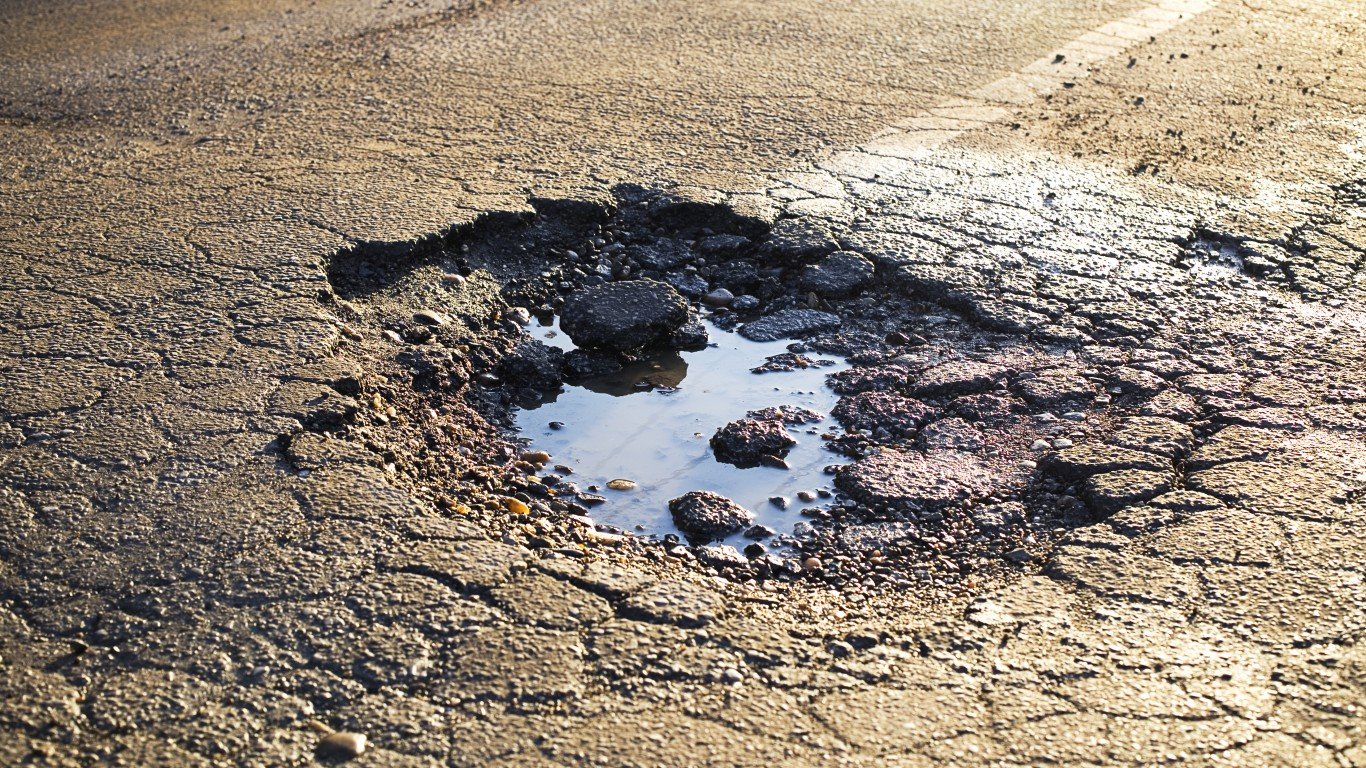
Another unfortunate aspect of winter life in Ohio is the proliferation of potholes and damage done by road salt. Though most of Ohio doesn’t get much snow, the state still gets moisture due to rain and ice. The presence of moisture expands and contracts within pavement cracks as the temperatures rise and fall. This can cause massive potholes, which can damage a vehicle. Most communities in Ohio have ways to report potholes for repair. Additional damage occurs when road salt builds up on a car’s underbody. The corrosion from this salt weakens the car’s frame and can make it susceptible to further damage.
4. Lack of Winter Activities
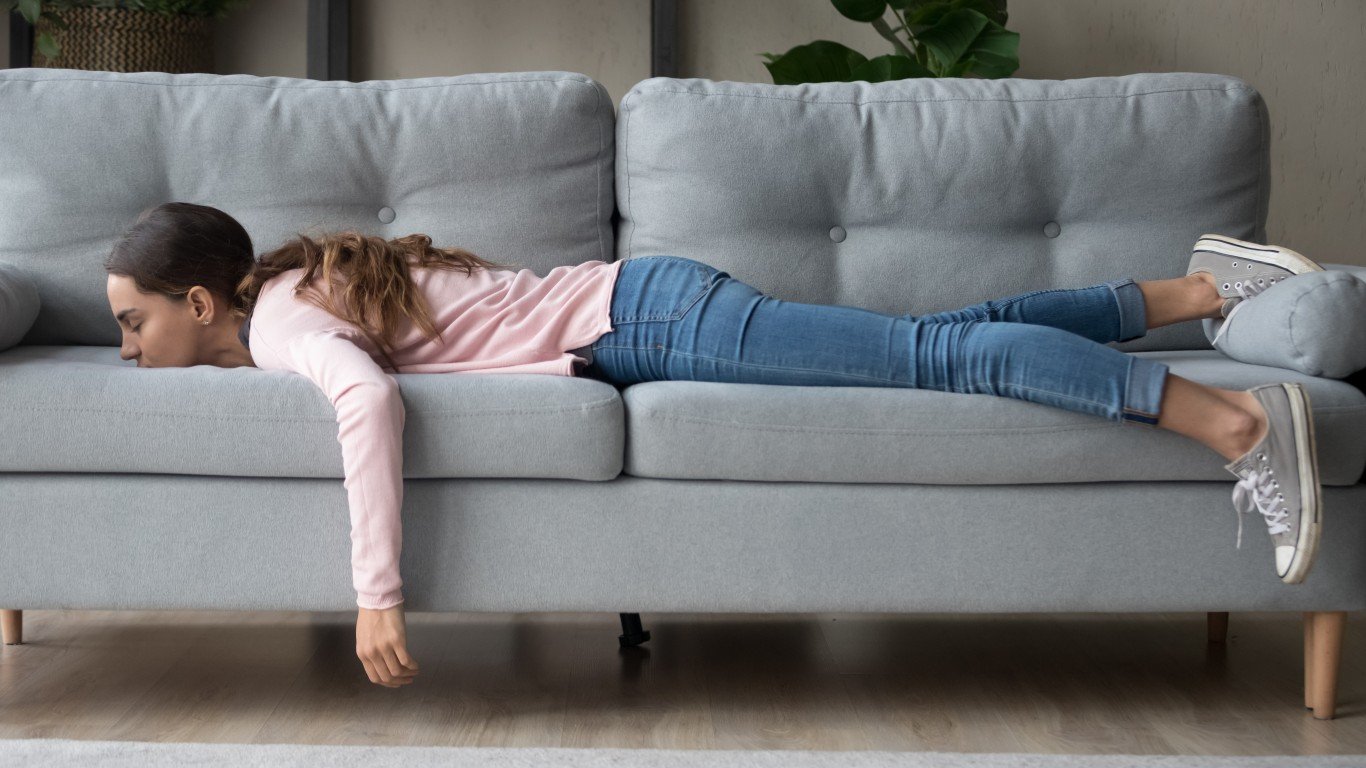
Every U.S. state has a winter, whether mild or extreme. In states with extreme winters, outdoor seasonal activities can make the weather bearable. Unlike states with mountains, valleys, and rolling hills, Ohio offers few opportunities for skiing, snowboarding, or tobogganing. Even in relatively hilly areas, the absence of snow limits these activities. Additionally, temperature fluctuations and the unpredictability of below-freezing temperatures mean there is not much solid ice for ice fishing, ice skating, or hockey.
5. Seasonal Depression

As the temperatures drop, the greenery dies, and the skies cloud over, the stage is set for the winter blues and seasonal affective disorder (SAD). People tend to stay inside during winter due to a lack of winter activities, which is also a factor. Sometimes, vitamin C and therapy lamps can help offset the blahs, but anyone who feels that they may be experiencing trouble with seasonal depression should seek professional help.
6. Illness

When winter arrives, bacteria and viruses find a fertile breeding ground in Ohio’s homes, schools, and workplaces. The temperatures drop, residents retreat inside, the sun fades, and immune systems weaken. The confined indoor spaces also allow illnesses to be transmitted more easily from person to person. When the temperatures begin to drop, you can count on rises in respiratory illnesses, like the common cold or the flu.
7. Car Accidents
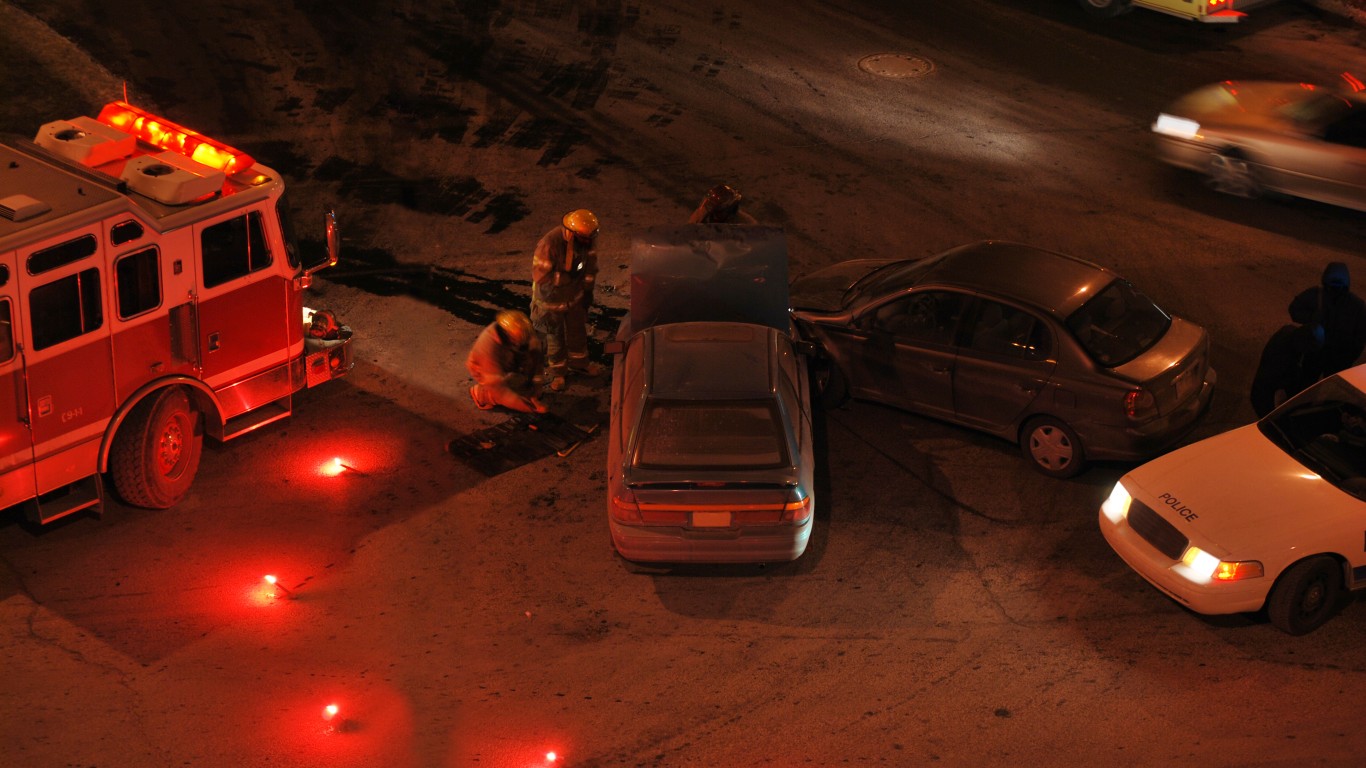
Of course, as winter weather elements deteriorate, the roads become more hazardous, and Ohio is one of the worst states in the nation regarding winter accidents. The roads become dangerous, and Ohio residents are uncomfortable driving in the snow. In snow and ice, it can take as much as 10 times longer for a car to come to a complete stop when braking, and acceleration can be tricky, too. Snow, mist, ice, and fog can reduce visibility, and potholes, seasonal depression, and illness also contribute to accidents.
8. Weird Winter Weather
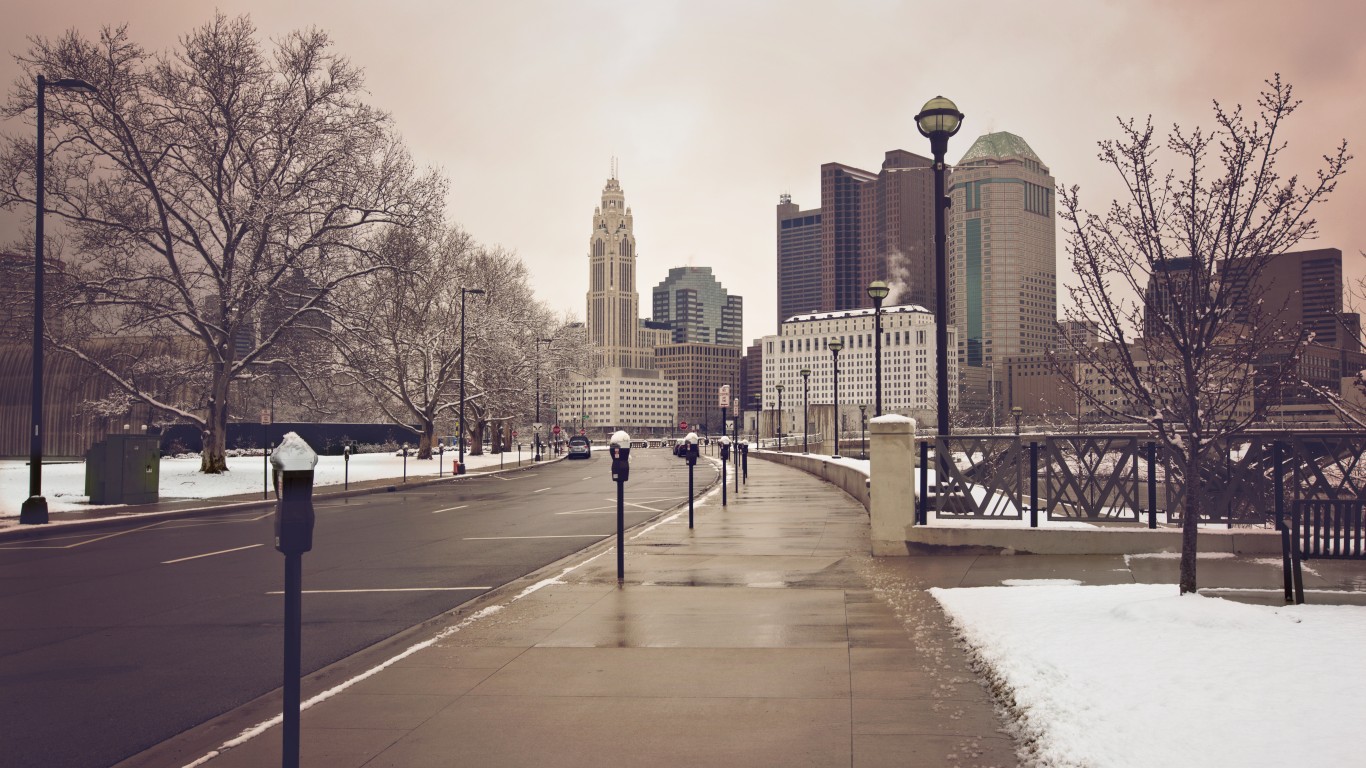
Ohio is a northern state, though its proximity to Lake Erie tempers the cold somewhat. Since the jet stream sits over Ohio in the winter, it is more susceptible to rapid changes as the stream fluctuates. Shifts in the polar vortex can drop frigid arctic air over the state, followed quickly by warm, moist air from the Gulf of Mexico. These rapid changes can result in jacket weather one day, followed by heavy coat weather, followed by shorts weather.
9. Heart Attacks
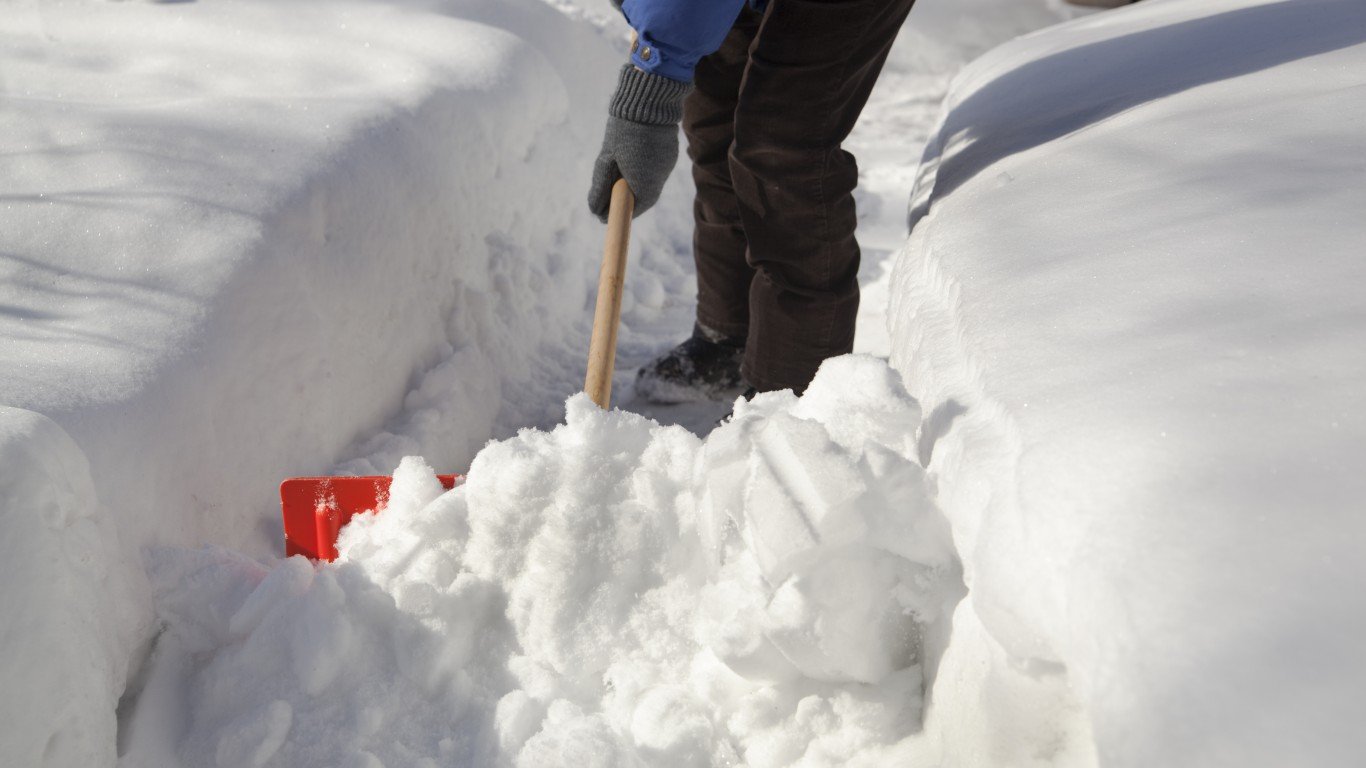
While snow is not widespread throughout the state, it does happen, and when it happens, people can die of heart attacks while clearing walkways and driveways. The infrequency of snow in Ohio may cause people to avoid purchasing snow blowers because snow appears light. The weight moved, however, can be quite heavy. When someone shovels, they exert their arms rather than their legs, which is more demanding on the system. Blood moves away from the heart, pooling in the legs, limiting the oxygen that reaches the heart, and holding your breath while shoveling increases your blood pressure. Finally, the blood vessels contract, creating excessive pressure on the heart. People with cardiovascular disease, those of advanced age, or those prone to inactivity should be careful when shoveling or avoid it altogether.
10. Carbon Monoxide Poisoning
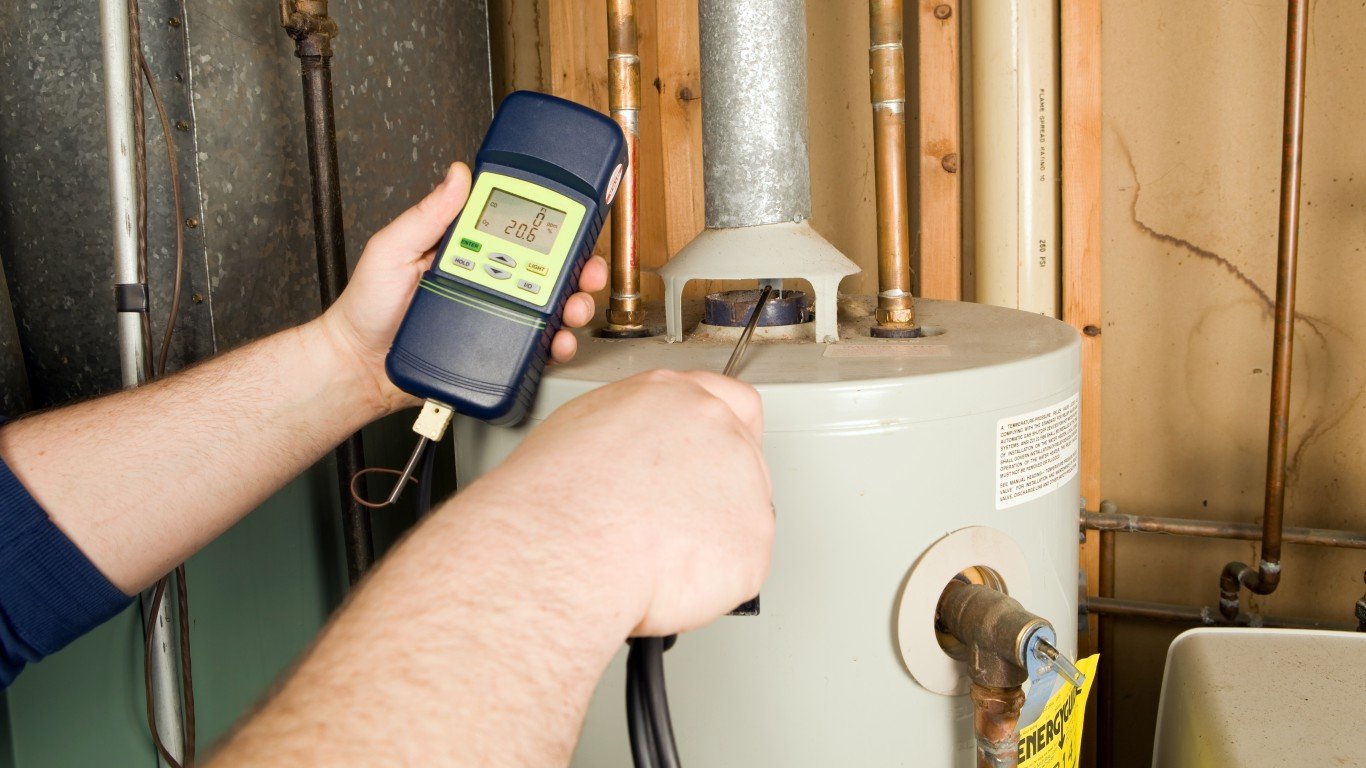
As everybody retreats indoors, winter increases the chances of carbon monoxide poisoning. Unventilated spaces are especially vulnerable to fumes from fuel-burning space heaters, but faulty space heaters, dryers, stoves, and other gas appliances can also cause carbon monoxide poisoning. A final risk for carbon monoxide poisoning is snowed-in vehicles. Stranded motorists should be sure to clear snow away from exhaust pipes. Homes should be equipped with carbon monoxide detectors.
Essential Tips for Investing: Sponsored
A financial advisor can help you understand the advantages and disadvantages of investment properties. Finding a qualified financial advisor doesn’t have to be hard. SmartAsset’s free tool matches you with up to three financial advisors who serve your area, and you can interview your advisor matches at no cost to decide which one is right for you. If you’re ready to find an advisor who can help you achieve your financial goals, get started now.
Investing in real estate can diversify your portfolio. But expanding your horizons may add additional costs. If you’re an investor looking to minimize expenses, consider checking out online brokerages. They often offer low investment fees, helping you maximize your profit.
Thank you for reading! Have some feedback for us?
Contact the 24/7 Wall St. editorial team.
